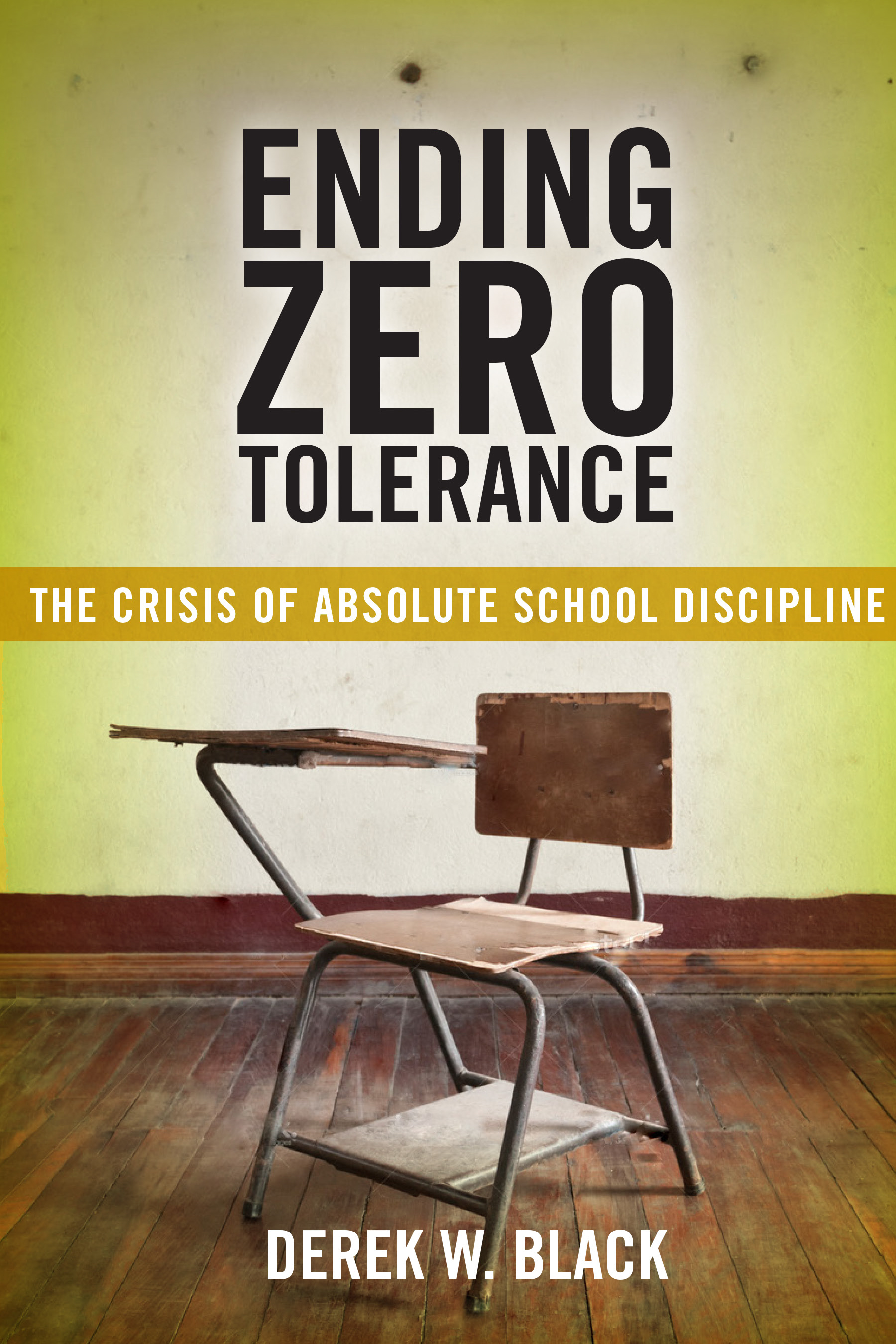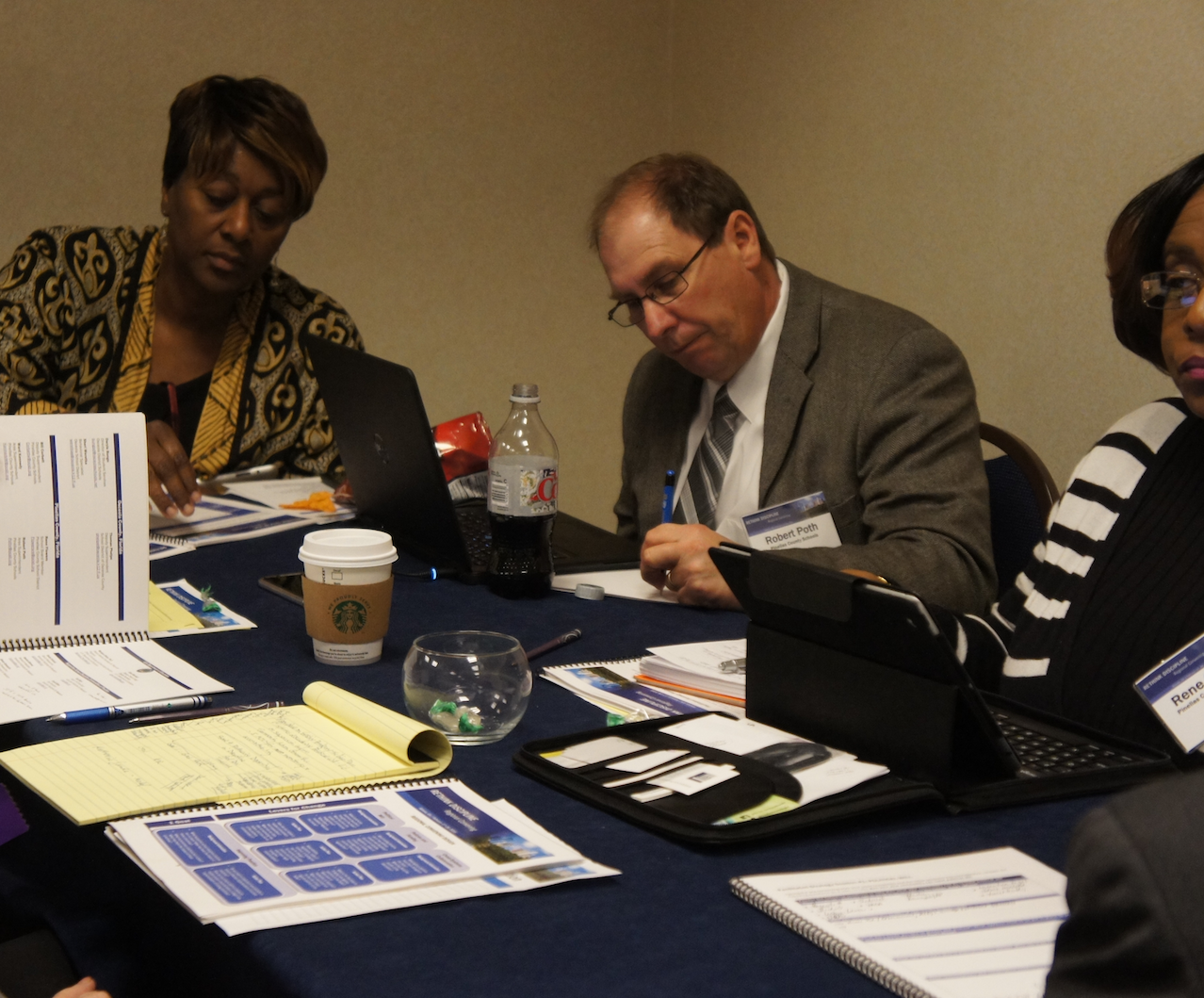 On the first day of kindergarten every year, public school teachers and administrators stand at their school portals with arms opened wide to embrace every child.
On the first day of kindergarten every year, public school teachers and administrators stand at their school portals with arms opened wide to embrace every child.
Teachers comfort every student readying their cerebral blank slate to be filled with the three R’s — reading, writing and arithmetic.
There is only one problem.
Kids don’t come to kindergarten with a tabula rasa mind, a blank slate of perceptions, ideas, thoughts and emotions. This may be true for the three R’s, but the experiences that have branded their brains from the moment of birth to that first day of kindergarten can make or break a kid’s chance for academic achievement.
What many educators don’t understand, much less are equipped to overcome, is the emotional baggage these little people bring to their classroom. Baggage that is not readily visible to us adults, but contains emotional pain that hurts so much inside those little brains that learning the three R’s becomes a titanic feat. The painful baggage dominates their thoughts, impeding their learning, and sends them on a trajectory toward an emotional iceberg waiting to sink them in adolescence.
Our systemic failure to respond to the needs of these very vulnerable children the moment they set foot into that kindergarten classroom later becomes OUR collective iceberg. We scramble to reduce crime, but become frustrated because our attempts are as futile as changing the course of the Titanic.
Futile because we waited too long to fix the underlying determinants of their delinquent conduct in adolescence. When that conduct appears, most juvenile justice systems treat the symptoms and not its causes. We chip away at the iceberg we see above the water, but never touch the real dangers that are hidden below.
We have become so naïve in our belief that education is the great equalizer, but the three R’s can’t equalize the damage trauma has done to brain development in a child. Educating hurting kids begins with healing the hurt before the learning can begin.
It doesn’t matter how great the teachers are or how much money we throw at education if we don’t configure our systems to be trauma-informed, to identify these wounded students for trauma-focused treatment.
It begins by removing harmful disciplinary practices that exacerbate trauma. Too many believe these zero tolerance policies deter future misconduct. This belief is fueled by the expedient consequences made possible by its most essential rule — no excuses, explanations or defenses.
There is no research demonstrating a deterrent effect or that zero tolerance policies make schools safer and improve school climate. There is also no evidence that these policies remove racial bias, as some proponents assert. On the contrary, kids of color in all studies are anywhere between four to six times more likely to be suspended or arrested than their white counterparts.
So why do so many educators still promote these ineffective practices?
My guess is it’s for their own convenience, though they would not admit such a selfish and harmful tactic.
Unless these educators are utterly ignorant of what works and what doesn’t in school disciplinary practices, the only reasonable explanation is that it serves their own interests and not those of the children.
[Related: Georgia Court: Students Can Stand Their Ground]
Even the few who will admit its harmfulness fall back on the catchall phrase, “We don’t have the resources to try alternatives.” And so they accept what doesn’t work as the default for school discipline.
The advent of zero tolerance policies in public schools marked the erosion of “public” in our schools. Public schools aren’t “public” just because they accept every child in the beginning but promote a practice of zero tolerance that results in a selective process of educational extinction.
Zero tolerance is painless for the educators, but painful for the students.
Suspend, expel and arrest is the simple and effortless solution. However, it creates inconvenience for the rest of us down the road, not to mention the pain exacted on students who already suffer from trauma.
Pushing kids out of school pushes them to the streets and into the open arms of gangbangers and other insidious folks in need of accomplices and puppets. It’s the rest of us who pay the price for the laziness or ignorance of some educators.
They complain of being victimized by students, but their zero intelligence support of zero tolerance pushes these kids to alternative education, and I mean the alternative education found on the street that hand out diplomas for prostitution, drug dealing, robbing and gangbanging.
Why should we be surprised, knowing that traumatized people traumatize people.
What started as chronic disruption in schools has evolved to criminal activity on the streets. The only thing accomplished is a shifting of victims from one place to another, except that victims on the street suffer greater pain, including death.
And the sad irony is when one of these educators falls victim off-campus to a former student pushed out of school.
Who would ever think that keeping kids in school would increase graduation rates?
Despite the simplicity of this concept, one would think that educators with all their education would construct alternatives to suspensions and arrests that keep kids in school and target the trauma that causes their disruptive behavior.
This ignorance is unacceptable.
When we created the nation’s first school-justice partnership in 2003 to stop unnecessary school arrests, we had no resources, none whatsoever. Within six months the arrests declined 54 percent. Today they are down 91 percent; the suspension rate is below the 1995 rate; graduation rates have increased over 24 percent; and juvenile arrests in the county are down 71 percent.
And many others have followed in these steps with similar outcomes.
While whining about what they can’t do, too many educators fall back on zero tolerance policies that effectively push kids out of our public schools, mostly kids of color. That exciting first day of kindergarten is a façade hiding the ugly path to expulsion that is analogous to a genocidal selection process.
There comes a point in time when the unintended consequences of good-intentioned practices is no longer accepted as negligent. That’s when the published evidence of its harmfulness is notice to all that the continued practice constitutes purposeful intent.
Steven Teske is chief judge of the Juvenile Court of Clayton County, Ga., and vice chairman of the Governor’s Office For Children and Families. He is a past president of the Council of Juvenile Court Judges and has been appointed by the governor to the Children & Youth Coordinating Council, DJJ Judicial Advisory Council, Commission on Family Violence, and the Governor’s Office for Children and Families.
More related articles:
Implicit Bias: More Than Just a Few Bad Apples
Truth About How to Reduce Juvenile Crime Is Not Political
Interrogations Encourage False Confessions from Students



























